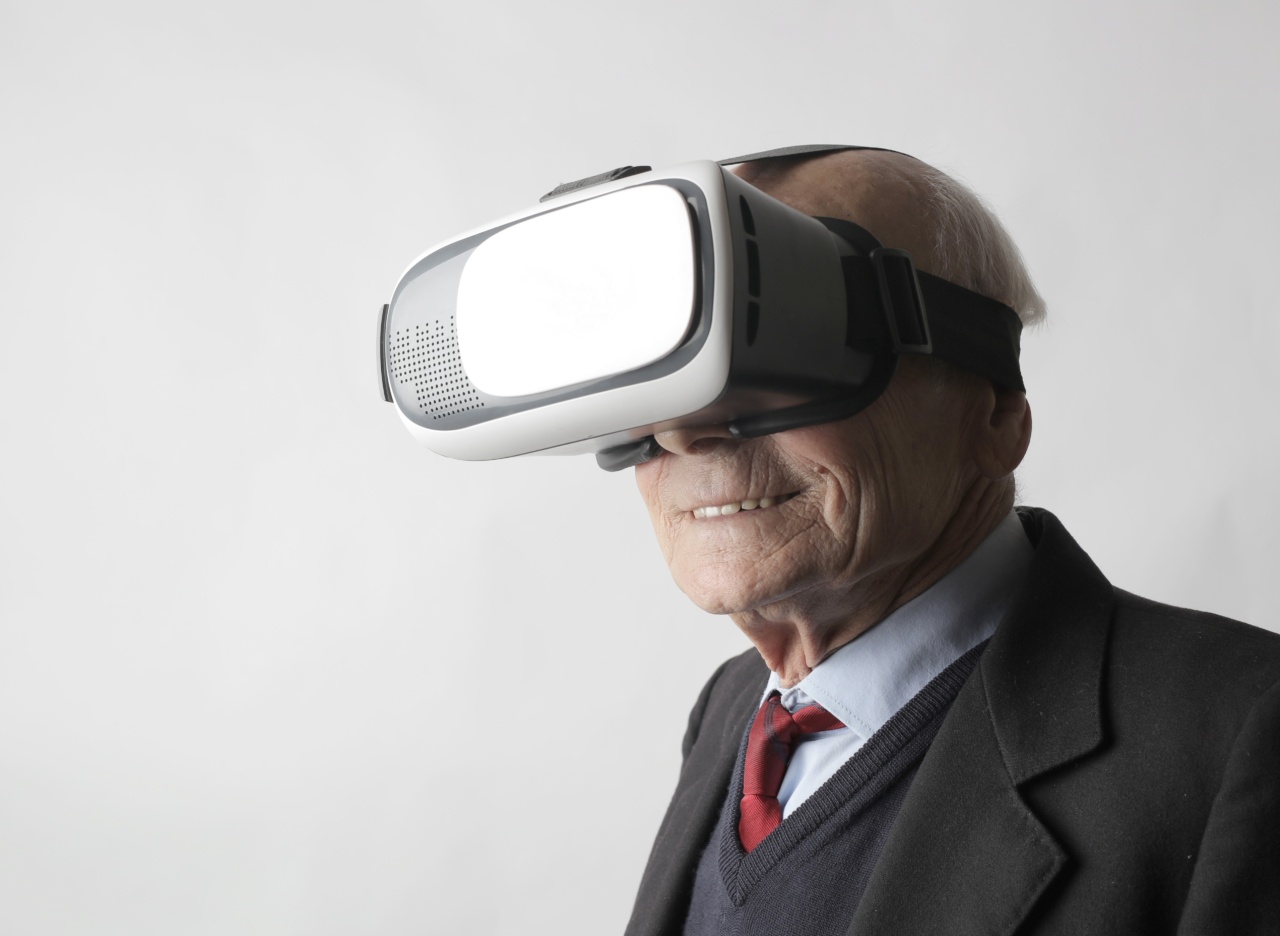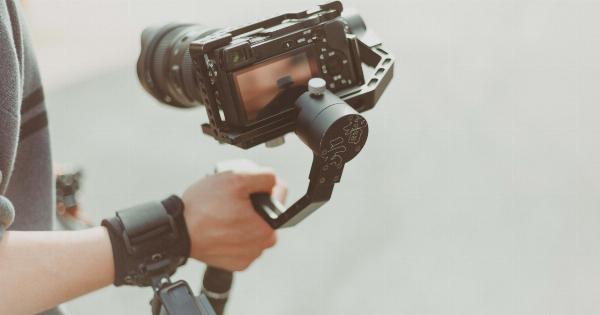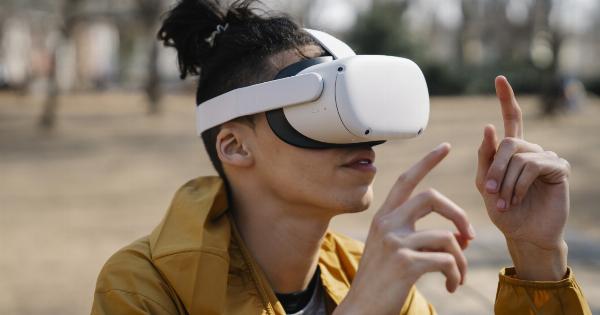Virtual reality (VR) has come a long way since its inception, providing us with interactive experiences that simulate real-life situations. From gaming to medical training, VR has revolutionized many industries.
With its ability to transport users to different environments and scenarios, VR has proven to be an effective tool for learning and education. In this article, we will explore the benefits of learning from virtual reality adventures and how it can enhance our learning experience.
What is Virtual Reality?
Virtual reality is a computer-generated simulation that replicates an environment or situation. It typically involves a headset that covers the user’s eyes and ears, providing a fully immersive experience.
VR can be used for various purposes, including entertainment, education, and training. VR technology has advanced significantly over the past few years, leading to the creation of more realistic and interactive virtual environments.
Benefits of Virtual Reality Adventures for Learning
Virtual reality adventures offer numerous benefits for learning and education. Firstly, they provide a safe learning environment where users can explore situations that may be too dangerous or costly in real life.
For example, virtual reality training is used by the military to train soldiers in combat situations without risking their safety. Similarly, medical students can use virtual reality to practice surgical procedures without the need for a human cadaver. VR allows users to replicate dangerous scenarios and practice responding appropriately without any negative consequences.
Secondly, VR adventures offer a more engaging and interactive learning experience compared to traditional classroom learning. The ability to interact with virtual objects and characters makes learning more interactive and memorable.
VR can also adapt to the user’s learning style and pace, providing a personalized learning experience. This enables users to learn at their own pace and revisit topics they may have difficulty understanding.
Thirdly, VR adventures help users retain information better. Along with the interactive and engaging experience, VR also allows users to recall information better due to the realism of the simulation.
The visual and audio cues in VR make the learning experience immersive and memorable, improving retention and recall.
Applications of Virtual Reality Adventures for Learning
Virtual reality adventures can be used in various industries and fields for learning and education. Some of the most common applications of VR include:.
1. Education
Virtual reality can be used to create immersive learning experiences that engage students and help them retain information. It can be used to teach various subjects, from history to science.
For example, a virtual reality tour of Ancient Rome can provide students with a realistic view of the city, enhancing their understanding and interest in history.
2. Training
Virtual reality is used for training in many industries, from aviation to healthcare. It provides a safe and cost-effective way to train employees in complex situations and scenarios.
For example, pilots can use virtual reality flight simulators to practice flying without risking lives or equipment.
3. Healthcare
Virtual reality is used in healthcare for various purposes, including surgical training, pain management, and phobia treatment. VR can also be used to immerse patients in a calming environment, reducing anxiety and stress during medical procedures.
4. Gaming
While gaming might not be considered a traditional learning environment, it can still provide opportunities for learning. Games can be created to teach various skills, from problem-solving to teamwork.
Challenges of Virtual Reality Adventures for Learning
While virtual reality has numerous benefits for learning, it also presents some challenges. Firstly, the cost of VR technology can be prohibitive, making it inaccessible to many individuals and organizations.
The cost of VR headsets and software can be significant, making it difficult for schools and other institutions to implement VR in their curriculum.
Secondly, virtual reality can cause motion sickness, especially if the simulation is not properly designed.
The fully immersive experience of VR can cause nausea and discomfort in some users, limiting the duration and effectiveness of the learning experience.
Thirdly, virtual reality requires a certain level of technical proficiency, making it difficult for some users to use. Individuals who are not familiar with technology may find VR challenging to navigate, reducing its effectiveness as a learning tool.
Conclusion
Virtual reality adventures provide an innovative and engaging way of learning that can enhance retention and recall of information. VR can be used in various industries and fields, from education to healthcare.
While virtual reality presents some challenges, its benefits for learning outweigh the challenges, making it an effective learning tool that should be embraced.



























